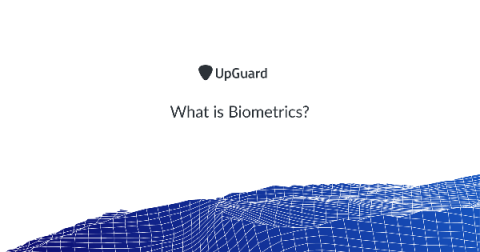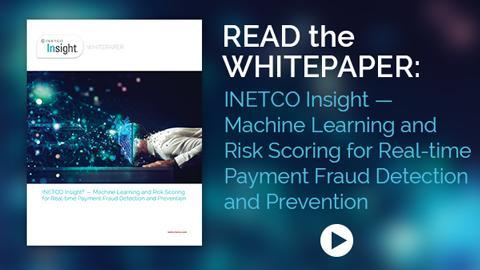What is Biometrics?
Biometrics is the technical term for body measurements and calculations, and human characteristics. Biometric authentication if a form of identification and access control. As biometric identifiers are unique to individuals, they are seen as more reliable for verifying one's identity than traditional token-based identification systems such as a passport, as well as knowledge-based identification systems such as a password.










